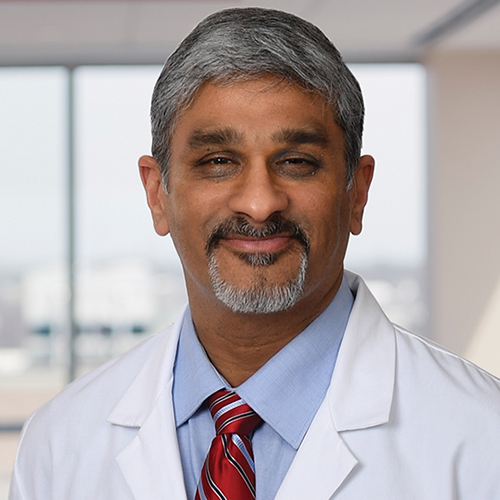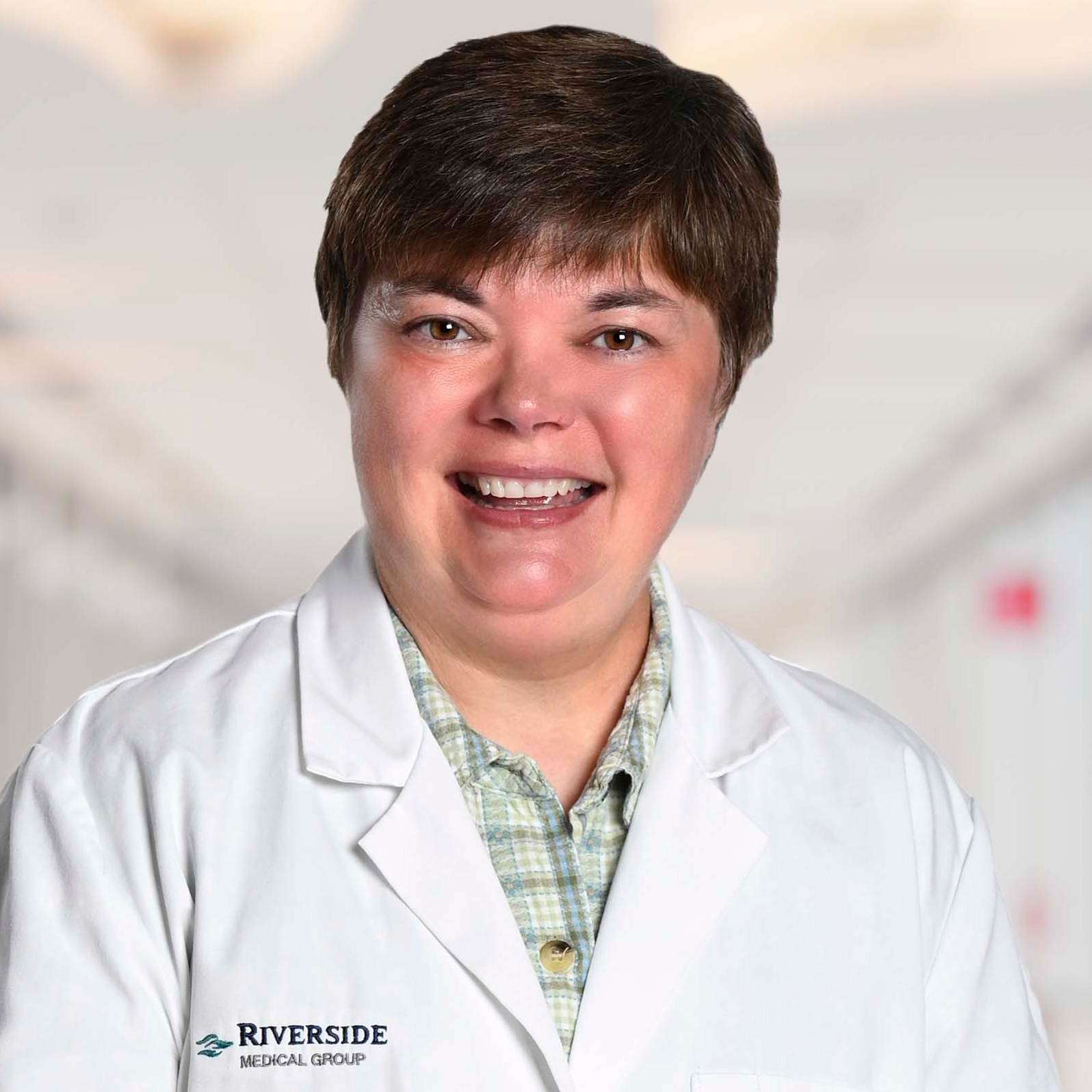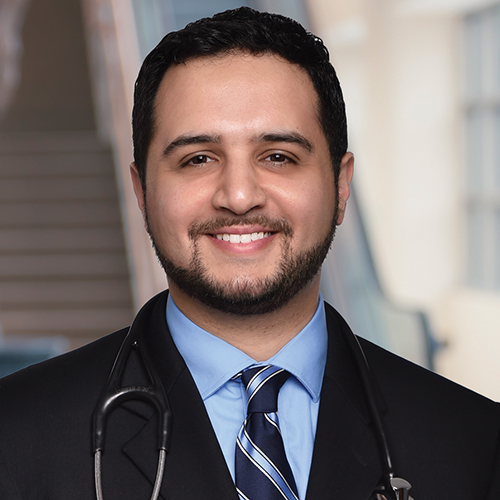When we think about air pollution, we often picture smog-filled cities or industrial emissions, but one of the most dangerous threats to lung health is an invisible, odorless gas lurking inside our homes—radon. This naturally occurring radioactive gas seeps from the ground and can accumulate in buildings, particularly in poorly ventilated spaces like basements.
Long-term exposure to radon is the second leading cause of lung cancer after smoking, making it a silent but deadly risk for millions. Understanding how radon affects the lungs and taking steps to mitigate exposure is crucial for protecting respiratory health and preventing serious diseases. Here, Dr. Joehar Hamdan, oncologist and hematologist at Riverside Cancer Institute, offers helpful information so individuals can keep themselves safe. 
What is Radon, Exactly?
Radon is a naturally-occurring, colorless, odorless, and tasteless radioactive gas, which forms from decay of uranium and thorium that's found in rocks, soil, and water. Radon gas can seep into homes and other buildings through cracks in the foundation, gaps around pipes, or other openings that are in contact with the ground.
“Interestingly enough, one of the reasons why January has been designated Radon Awareness Month is because this is the time of year when most of our windows and doors are shut all the time,” states Dr. Hamdan. “When we build homes over radon-rich grounds, the foundation of the house, the windows and doors when they're shut tight, that increases the radon levels in the house. Winter is a good time of year to have your house checked for radon, better than summer days when the windows and doors are open.”
To assess radon levels in your home, it's important to have a professional conduct a test, especially in basements and first floors where radon tends to accumulate. If high levels are detected, mitigation methods—such as installing a pump to vent radon gas outside—can help reduce exposure. The Illinois Emergency Management Agency and Office of Homeland Security provide resources to find certified professionals for radon testing and mitigation.
Radon's Connection to Lung Cancer
Radon affects the lungs by breaking down into tiny radioactive particles that, when inhaled, become trapped in lung tissue and damage cells over time. This increases the risk of lung cancer, particularly small cell lung cancer, adenocarcinoma, and squamous cell cancer.
Because radon is radioactive, it can alter DNA in lung cells, leading to harmful mutations. Smokers face an even greater risk, as radon exposure combined with smoking increases the likelihood of lung cancer by tenfold. Prolonged exposure to radon can also contribute to other respiratory complications.
Family History Considerations
A family history of lung cancer may suggest a genetic predisposition to the disease. While inherited risks are often associated with cancers like colon or breast cancer, there is still much to learn about genetic factors in lung cancer. If multiple family members have had lung cancer, it could indicate an increased genetic susceptibility to developing the disease.
“When you're exposed to radon or you're cigarette smoking, not all of us are going to be like the ‘George Burns’ type. More than likely, smokers do have an increased risk of developing lung cancer when they're also exposed to radon,” explains Dr. Hamdan. “But, genetic factors can play a role if there are other malignancies that run in the family.”
Symptoms and Screening Options
Possible signs of lung cancer include a persistent, nagging cough unrelated to illness, shortness of breath, and chest pain. People may mistake the cough for allergies or environmental irritation, but if it lasts longer than a month or two, medical attention should be sought to rule out serious conditions like lung cancer.
“At this time, there's no effective screening test for radon exposure-induced lung cancer. For individuals who smoke, they should stop smoking. Second, if they've smoked at least a pack a day for more than 20 years, they should consult their physicians to see if they're eligible for lung cancer screening.”
Talk to your primary care provider about screening options. Click here to learn more about Cancer care at Riverside.



